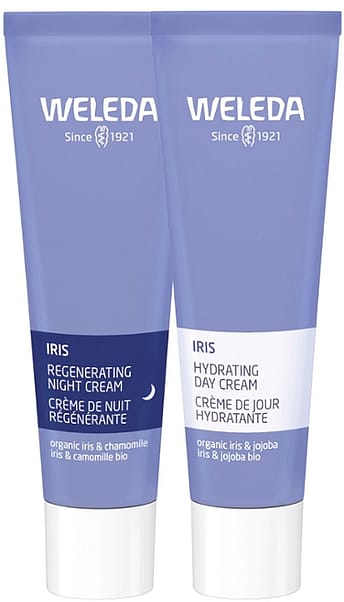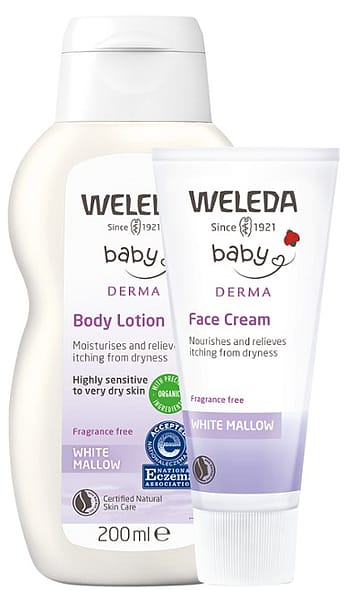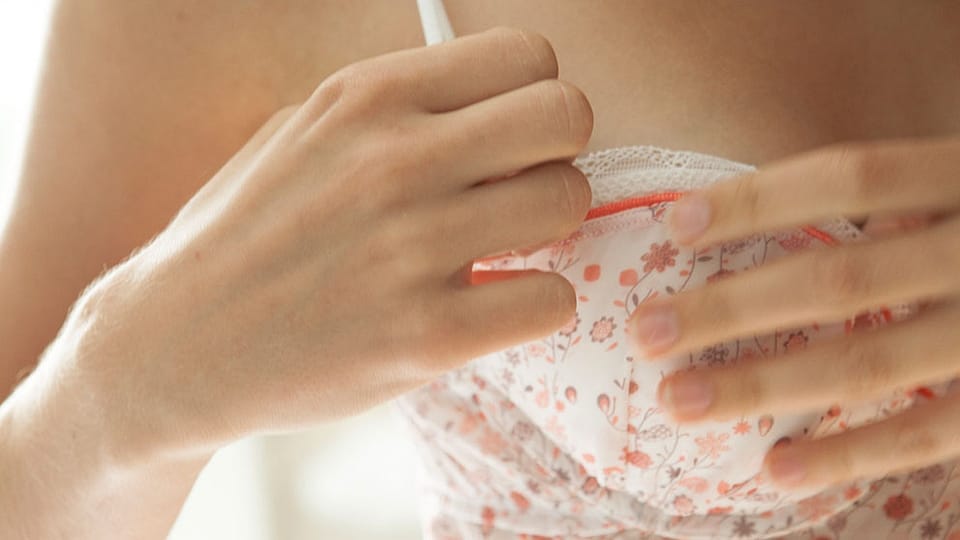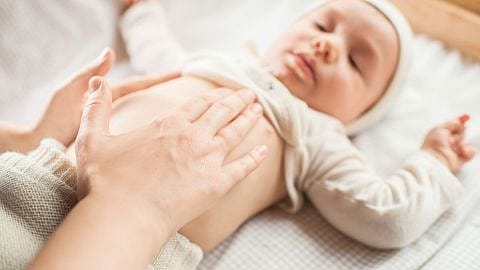What does my Skin Type say about me?
Dry skin, oily skin, combination skin – why are there different skin types? What care do they need? How are women’s and men’s skin different? From an Anthroposophical point of view, our inner self also determines our outer self. This approach provides answers to these questions.
Composition of the skin
The skin is a large and important sensory organ, through which we encounter the world. It covers the entire body, serving as a boundary to the outside world and it determines our individual appearance. Our skin reflects the most diverse influences: from the environment, from the inside of our body as well as from our soul.
In Anthroposophic medicine, the human body consists of three main areas of function: the nerve-sense system, the rhythmic system and the metabolic-limb system. A reference to this threefold structure can also be found in the skin:
- Epidermis (outermost skin layer)
The outer layer of the skin consists mainly of keratinocyte cells. Nerve and sensory functions influence their formation.
- Dermis (middle skin layer)
The rhythmic system corresponds to the middle layer of the skin, which contains a vast network of blood vessels.
- Subcutis (innermost skin layer)
Metabolic processes lead to the formation of sebum and sweat in the lower dermis. They also influence the build-up and breakdown of fat in the subcutaneous layer (subcutis). Subcutaneous fat tissue insulates the body from the cold and stores energy.
The type of skin on the face often also reflects the condition of the skin on the rest of the body. For example, people with dry facial skin usually have dry skin in general, and need moisturising body care after bathing or showering. For the other two skin types, lighter, less rich moisturisers should be used. Regardless of skin type, there are areas on our body which are not oily but always rather dry. These include the lower legs and elbows, in particular.
Main skin types:
Dry skin
In dry skin, the nerve-sense system may be more dominant. This leads to impulses in the skin that focus more on decomposition than on growth. Because of this, the skin surface has insufficient lipids, among other things. In response, it gives off more water, which causes it to dry out even more. This skin type is prone to irritation. Dry skin is therefore almost always sensitive skin. Irritated skin can be spontaneously triggered by daily skin care, wind and weather, or, for men, by shaving. During the summer season, when the sun has an uplifting and vitalising effect, these imbalances tend to even out. In winter, however, with its harsh climatic effects such as dry air, skin irritations may be more pronounced. Dry skin is often associated with neurodermatitis and stress-related eczema. Skin care products may be incompatible or become incompatible with the skin when an allergy is triggered, even after previous prolonged, trouble-free use. We can often observe that stress is reflected in the skin. In the case of sensitive skin, it is advisable to use only a few, well-tolerated skin care products.
«Dry skin is therefore almost always sensitive skin.»
Dr. Jachens
Oily skin
Metabolic activities are intensified in oily skin. More and more sebum and sweat is produced. Increased metabolic impulses in the skin can lead to impurities on the face and even inflammation. This phenomenon can be explained by understanding inflammation as the result of an overactive metabolism. This is indicated by particularly large sebaceous glands and accordingly large pores in the face, where the skin has a metabolic focus. Sometimes oily skin is more noticeable in summer and less so in winter. Skin care products applied to this skin type should not be too greasy or heavy.
Combination skin
The third skin type reflects the rhythmic balance between nerve-sense impulses and metabolic activity. The “T-zone” (forehead, nose and chin) tends to be oily where the sebaceous glands are more active. The care of combination skin must therefore be well adapted to the skin’s individual needs.
Men’s skin
Women’s and men’s skin are identical in structure and the various skin types occur in both men and women. Apart from the fact that men tend to sweat more than women, there are certain small (but not fundamental) differences. The epidermis in male skin is about 15% thicker than female skin. The subcutaneous layer has fewer fat cells and is therefore firmer. Men also have more active and numerous sebaceous glands, which is why skin care for men should be less rich than for women.
© Skin cross-section Getty Images
Sensitive skin
As many as one in two people are estimated to suffer with sensitive skin conditions and with increased use of synthetic ingredients in personal care products this level is set to rise.
Experts believe that in some cases, skin sensitivity in adulthood may be a relic of allergic or atopic eczema in childhood – a condition that often vanishes as children get older, but which may leave underlying vulnerabilities in the skin structure.
We also know that hormone fluctuation and stress, both emotional and environmental (from harsh weather for instance), can temporarily upset your skin. This type of skin tends to be quite dry, but responds to the nourishment offered by rich emollients (moisturising ingredients that help lock in moisture). At the same time, being particularly susceptible to chemical irritants, sensitive skin needs gentle care and the most natural of skin care regimes.
Ageing skin
Ageing skin is shaped by a natural, gradual decline in the skin’s structural support system. Collagen, elastin, and hyaluronic acid levels slowly diminish, leading to a loss of firmness, elasticity, and moisture. As we move through our 30s, 40s, and beyond, these changes become more visible — skin may appear thinner, drier, less radiant, and more prone to lines and sagging. Factors like hormonal shifts, particularly during menopause, further accelerate dryness and a reduction in skin resilience. Ageing skin benefits from extra support to nourish, hydrate, and strengthen its delicate structure.
Dr. Lüder Jachens
Dermatologist and allergist
Dr. Lüder Jachens is an anthroposophically orientated dermatologist and allergist. He lives and works in Riga, Latvia.



























